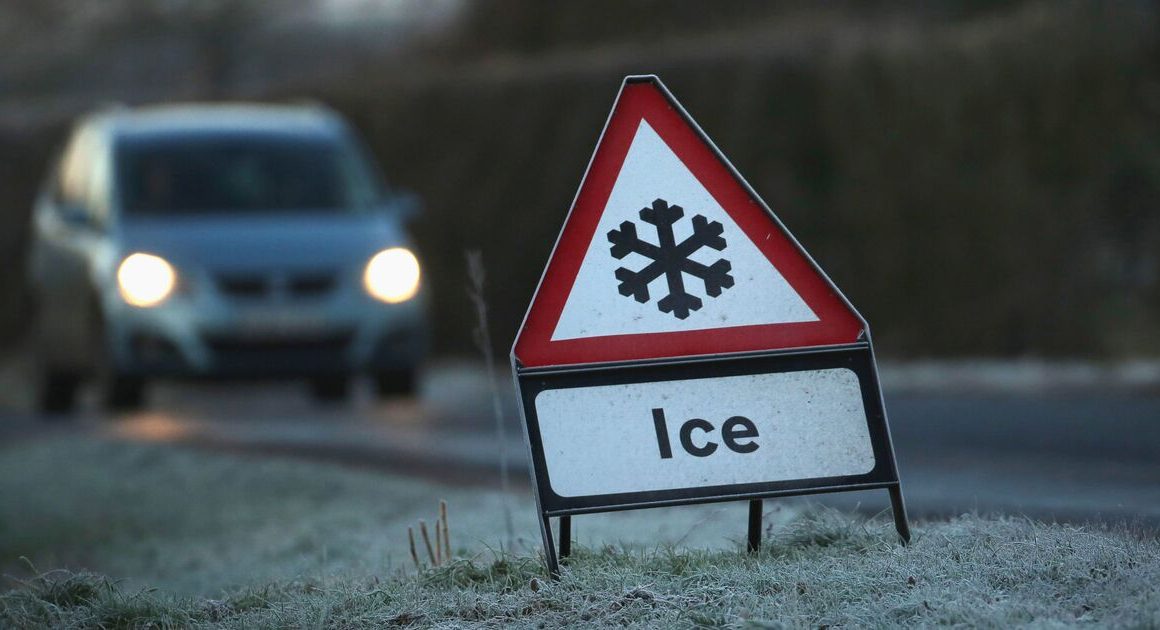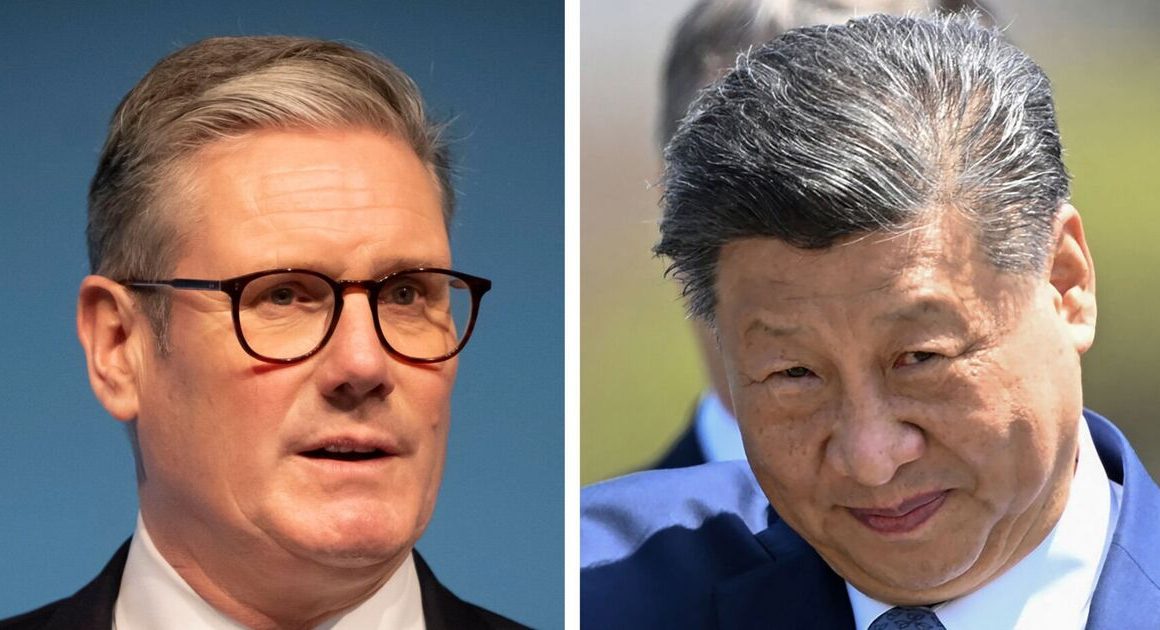Ukraine is free to use Canadian-donated tanks and armoured vehicles inside Russia, the Department of National Defence said Thursday.
The statement comes as speculation grows among military experts about how long Ukraine can stay on the offensive in Russia’s Kursk region — and about the long-term impact the surprise cross-border incursion will have on the long-running war.
Canada has donated eight Leopard 2A4 tanks, a few dozen armoured combat support vehicles and hundreds of armoured patrol vehicles, as well as a handful of M-777 howitzers.
News footage captured by CNN along the Ukrainian border on Thursday showed a Canadian-made Senator patrol vehicle crossing into Russia.
“Ukrainians know best how to defend their homeland, and we’re committed to supporting their capacity,” Andrée-Anne Poulin, a spokesperson for the defence department, said in a media statement.
“Canada places no geographic restrictions on the use of military equipment that we donate to Ukraine.”
It’s not clear how much — if any — of the equipment Canada donated was in the hands of the specially-equipped Ukrainian brigades when they stormed across the border on Aug. 6.
Poulin said that Canada’s donations always conform to the requirements of the Arms Trade Treaty, the international agreement meant to reduce illegal arms transfers and human rights abuses.
Col.-Gen. Oleksandr Syrskii, Ukraine’s top military commander, said his troops now control dozens of villages and 1,150 square kilometres in the Kursk region. He also said that Kyiv has set up a military command in the area.
Ukrainian President Volodymyr Zelenskyy confirmed Thursday that Ukrainian forces have taken control of the Russian town of Sudzha, which is located near a Russian natural gas terminal — a key distribution point that supplies energy to Europe.
‘A bold, brilliant, gutsy move’
The audacity of the cross-border strike — coming almost 30 months into the war and at a time when Ukraine is struggling to hold back a Russian drive in the eastern Donbas region — has startled and impressed many former senior western military commanders.
“It’s a bold, brilliant, gusty move by a series of people who are literally at the forefront of modern fighting tactics and strategies,” said retired Canadian lieutenant general Andrew Leslie, a former army and NATO commander in Afghanistan.
Phillip Karber teaches at the Washington-based National Defence University and has made 39 trips to Ukraine since the 2014 annexation of Crimea. He said the Ukrainian assault brigades that crossed into Russia were bulked up with extra troops and equipment.
Despite their success, he said, the Ukrainians didn’t get as far into the Kursk region as they’d hoped.

“The Russians got there much faster than [the Ukrainians] expected,” said Karber, who added he believes the Ukrainians have been halted about halfway to what would have been their obvious objective: a heavily-forested, easily-defendable area further into Russia.
The crisis could play out in one of several ways.
Having caused havoc and drawn some Russia troops away from the fighting in eastern Ukraine, Syrskii could order an orderly withdrawal back to a defensive position on the Ukrainian side.
The Ukrainians could try to hold and defend what they’ve captured in order to create a strategic buffer zone. They also could try to punch through thinly-defended Russian territory elsewhere and create another salient.
Ukraine continues to hold and expand its control over Russian territory, nine days after it launched a surprise cross-border attack. Moscow says it will bring the incursion to an end, but there’s no sign of that happening yet.
There were reports on Thursday that Ukrainian forces had tried to enter the Belgorod region, which borders Kursk.
The Ukrainians also are reportedly building fortifications in captured Kursk territory and are apparently making preparations to fight an expected Russian counteroffensive.
Karber said he believes the Russians will have to make their move before the weather turns to rain in September, as it does in that region in most years.
He said he’s not certain what the Ukrainians will do.
Hard to win, harder to keep
Leslie said creating a strategic buffer zone would be incredibly difficult for Ukraine, given its current manpower squeeze.
“If they were to try to hold it, it would be extraordinarily expensive in troops,” he said.
“Don’t underestimate the Russians’ willingness to throw tens of thousands, if not hundreds of thousands of soldiers at them, even though they’d be poorly armed and certainly die. The Russians don’t care.”
In a recent assessment of the Kursk offensive, the Washington-based Institute for the Study of War said the long-term impact on the war could be profound.
Russia has left much of its border with Ukraine lightly defended as it concentrates on capturing its neighbour’s eastern and southern regions.

The incursion could force the Kremlin to look at the entire one-thousand-kilometre border region as a frontline.
“The Russian military command has essentially treated the international border with northeastern Ukraine as the dormant front of the theater following the Russian withdrawal from Kyiv, Chernihiv and Sumy oblasts in Spring 2022 and the Ukrainian liberation of significant territory in Kharkiv Oblast in Fall 2022,” said the institute in an Aug. 11, 2024 assessment.
“Moscow’s response may require the Russian military command to consider the manpower and material requirements for defending the international border,” the assessment continued — something that would put a further manpower squeeze on the Russian Army.










